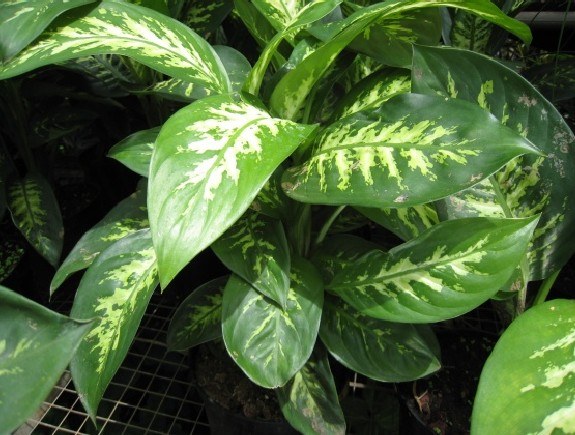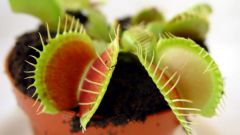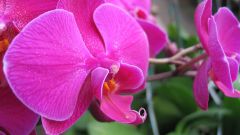You will need
- - pot;
- - humus;
- - sand;
- loam;
- - peat;
- - awl;
- - expanded clay.
Instruction
1
Dieffenbachia grows very quickly at a young age, so she needs a transplant every year in early spring. First, set up soil substrate in two parts sod land, one part peat land, one part humus, and half of the river coarse sand. If the soil was hard, it is recommended to increase the amount of sand. The entire substrate mix thoroughly.
2
Prepare the new pot, which should be more than the previous a couple of inches. Do not use for transplant too large capacity since excess soil, undeveloped roots dieffenbachia, lead to acidification of the earth, and it is fraught with the death of the flower. At the bottom if no drainage holes, do them with Sheila (namelennogo over the fire).
3
On the bottom of the prepared pot place a layer of drainage in the form of small pebbles, expanded clay or broken shards. Then add a little soil substrate and gently, without destroying the integrity of earthen clod, cross a plant from a small pot into the new one. Dieffenbachia pour warm water supernatant.
4
In the spring and winter period provide an indoor plant in good light. To do this, place the pot on a window sill located on the South side. You can use artificial lighting in the form of fluorescent lighting. In the summer it is recommended to remove the dieffenbachia in the shadows so as not to burn the leaves to direct sunlight.
5
This plant needs certain temperatures. In the spring and summer season dieffenbachia feels comfortable at a temperature of 20-22 degrees. At a higher temperature, ensure high humidity by sprinkling the plant with a spray bottle is soft and separated by water. Once a week wash the flower under the shower, cleaning it the dust.
6
Remember that dieffenbachia is a poisonous plant (if you are getting juice on the skin can begin as an inflammation or swelling), because when working with this flower use gloves. Keep small children and Pets.



